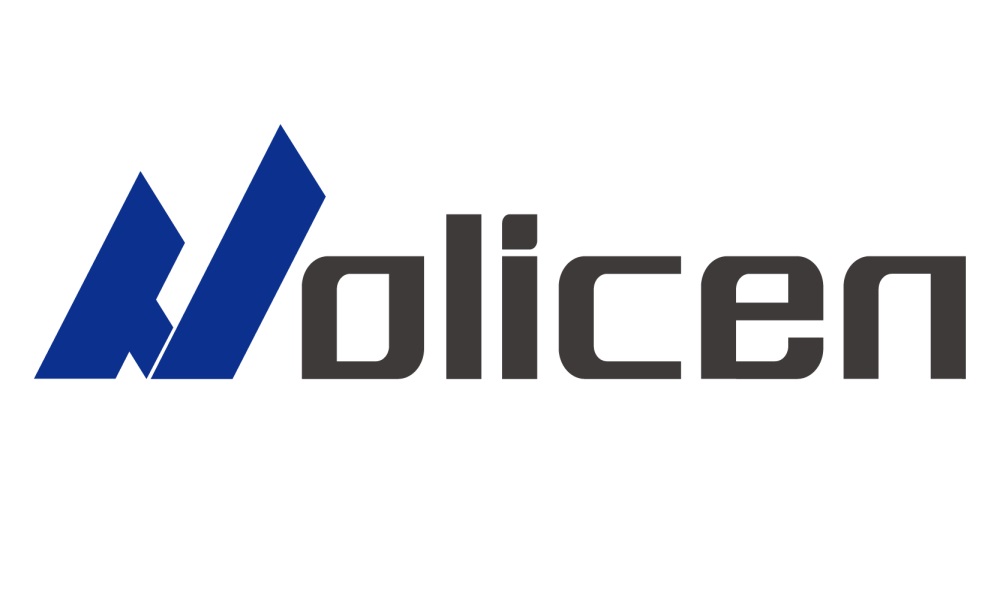Global warming is making high temperatures more persistent. For truck drivers who live on the road, RV enthusiasts chasing poetic dreams, and outdoor workers, the sweltering heat after parking was once an unavoidable ordeal. In recent years, a technology designed to tackle this challenge—parking air conditioning—has quietly evolved from an emerging product to a “standard feature” for a growing number of users, bringing unprecedented coolness and comfort to mobile living and working spaces.
Farewell to the Era of “Idling Fuel Consumption”
In the past, when truck drivers took breaks at service areas, their only option for cooling was to keep the engine idling to run the main air conditioning. This method not only led to staggering fuel consumption and engine wear but also came with noise and exhaust pollution, making it costly and environmentally unfriendly.
“Before, at service areas, I’d hesitate to run the AC while sleeping because of the fuel costs, but without it, the heat made it impossible to sleep. The next day, I’d be too tired to drive,” shared Master Wang, a truck driver with ten years of experience. “This was a dilemma almost every truck driver faced.”
It was this widespread user pain point that spurred the growth of the parking air conditioning market. Unlike traditional vehicle air conditioning, parking AC operates independently of the engine, relying on standalone power sources such as vehicle battery packs, solar panels, or external grid power. This enables its core function: “cooling even when the engine is off.”
Comfort and Cost-Effectiveness Combined
Changzhou Helisheng New Energy continues to drive iterative upgrades in parking AC technology. The latest products not only deliver powerful cooling performance but also excel in energy efficiency and quiet operation. Their ultra-low power consumption design effectively extends power supply duration, ensuring users a full night of restful sleep. Meanwhile, features like smart remote control and mobile app integration have made operation more convenient than ever.
“For users, investing in parking AC is a wise decision,” industry experts analyzed. “While there is an upfront cost, compared to the long-term expenses of high fuel consumption and engine wear from idling, parking AC typically demonstrates significant economic benefits within a quarter to half a year. It truly turns rest into a comfortable experience while helping users ‘save money.’”
Diverse Applications, Broad Market Prospects
Currently, the application of parking AC has expanded rapidly from its initial user base of truck drivers to various scenarios, including RV travel, outdoor camping, emergency engineering vehicles, and mobile police stations. It liberates mobile living from the constraints of external temperatures, enhancing the quality of life and work efficiency for people in specific professions.
Market data shows that China’s parking AC market is expanding at a compound annual growth rate of over 30%, demonstrating immense market potential and promising development prospects. As technology matures further, costs continue to decline, and user awareness increases, parking AC is poised to transition from an “optional accessory” to a “necessity” in more business, travel, and outdoor scenarios.
From the helpless “steaming” conditions to a comfortable “cool haven,” the rise of parking AC is not only a triumph of technological innovation but also a reflection of the market’s deep understanding of user needs. It is quietly transforming the lifestyles of countless Chinese people on the move, offering them a mobile, refreshing refuge under the sun.
Post time: Oct-14-2025
